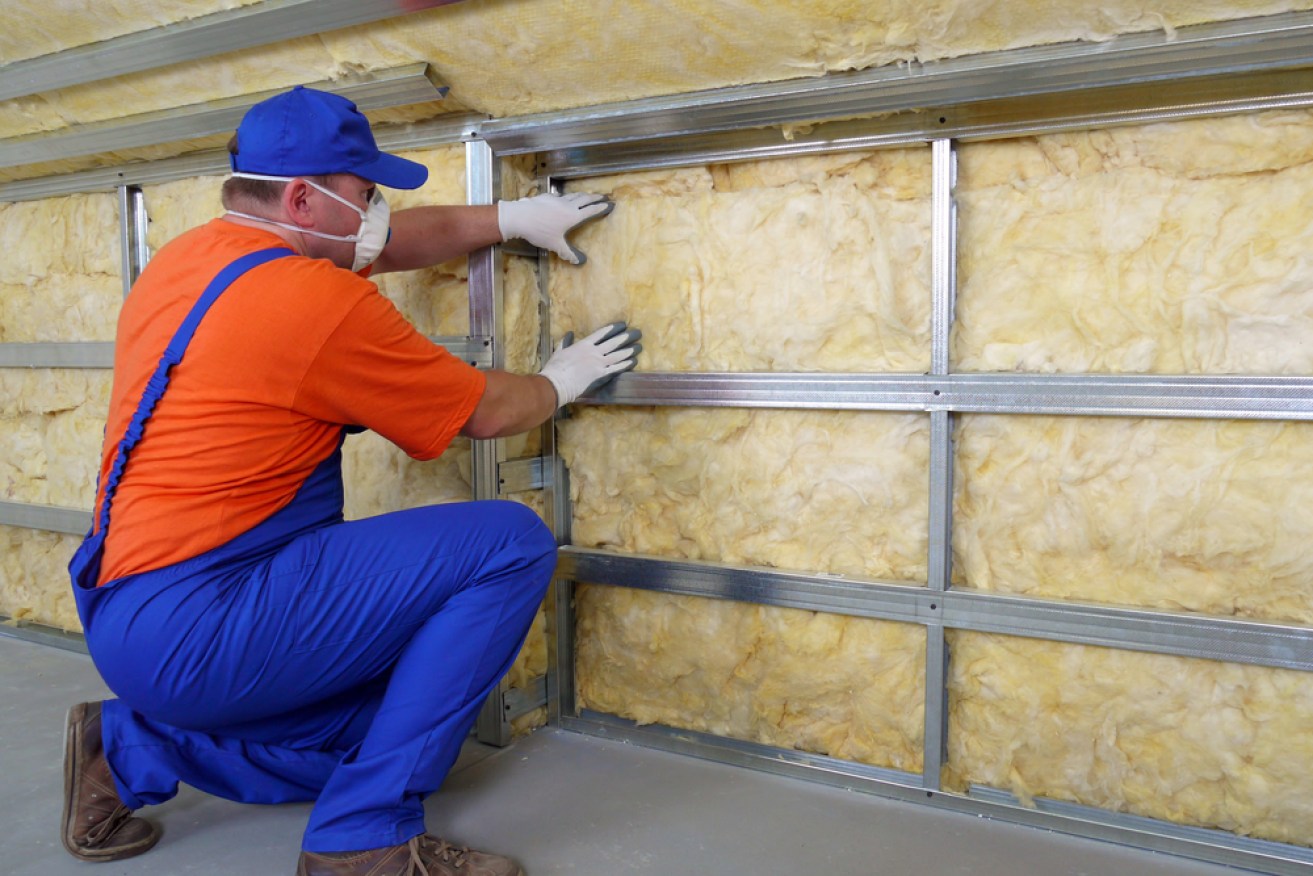Chill out: energy saving tips for summer


Shutterstock
Whether you’re sweating through a heatwave or shivering through a cold spell, the chances are you’re spending more money than you need to keeping your home the right temperature.
On a typical day in a typical home, an Australian household will spend between $4 to $7 on power. That may not sound like an awful lot, but it quickly adds up. Over the year it amounts to between $1500 to $2000, according to Origin Energy figures.
• Tips to help balance your household budget
• Penny pinching tips from some super savers
The usual suspects are air conditioning units and other heating sources such as electric hot water and clothes dryers. Ken Holmes, group managing director of environmental consulting company KMH Environmental, says people are generally aware that these larger appliances are energy drainers. But what they might not realise is that smaller appliances around the home can be just as bad.
“Toasters are very inefficient. Anything that has a heating coil such as a hair dryer, fan or kettle require significant power to run,” he says. “To run an energy efficient home, householders need to shift and become energy aware. Lights off when they’re not being used. Curtains closed to block the sun. Use natural ventilation and open windows early in the morning when it’s cooler. This will significantly lower the temperature and the bill.”

Solar panels pay off in the long-term. Photo: Shutterstock
Improving design to reduce costs
It has been slow progress, but Mr Holmes says new homes today are finally becoming more energy efficient, with new materials installed in the roofs and walls. This type of insulation can be added in most homes. Windows treatment such as double glazing keep the heat in during winter and heat out during summer.
Another option is solar panels. Solar hot water systems can provide between 50 and 90 per cent of your hot water needs. While solar power systems can benefit by reducing the electricity you purchase, how much you can save depends on your usage and the size of the home and size and number of solar panels.
“A smaller system can start from 1.5 kilowatt (kW), but an average household will usually require a 5kW system,” he says. “This type will cost at the very bottom end $6000, up to a more likely figure of $8000. Expect to save around $1200 to $2000 a year on your power bill. The savings from this type of system will mean that the installation costs will be paid off within 5 years.
“Steer clear of cheap equipment as there can be a significant drop in the reliability of the cheap equipment. There is a lot of information on the web. Research all your options and get recommendations,” says Mr Holmes.
Government subsidies
The upside to solar power is that government rebates are still available in most states. Visit the Australian Government’s Your Energy Savings website for details about grants and rebates available in your state or territory.
Energy Australia product and sales manager Gavin Lewis says there are many ways people can keep temperatures cooler this summer, whether it’s installing window coverings or servicing cooling units, using a fan, or investing in some clever landscaping.

Insulation keeps cool air in as well as out. Photo: Shutterstock
“Blocking draughts, sufficient installation in ceilings and walls, and buying the right sized unit for the area you’re cooling are all important considerations to lower energy costs. Even setting your air conditioner to a higher temperature than you normally would during hot weather can cut cooling costs.”
Mr Lewis offers the following tips to save energy this summer:
1. Set temperatures on the air conditioner between 24 and 25 degrees. One degree warmer than you normally need can cut cooling costs by ten per cent.
2. Add window coverings such as drapes or roller blinds that fit snugly around windows. This can reduce seasonal heat exchange by almost half. Blinds with light-coloured backings on window-facing sides deflect sun heat.
3. Plant shade trees, wall vines and thick shrubs. Think about shade covering for not only windows but walls and roofs as well. Planting smart for summer can cool a home by up to 12 degrees.
4. Add exterior shades or awnings. This can decrease the temperature in a room by up to three degrees.
5. Open windows both sides of the house to allow cool breeze to flow through.
6. Use fans to cool down. Fans are cheap to run. They evaporate moisture from the skin and creating a cooling effect.
7. Check the insulation in ceilings and walls. The better the insulation, the more likely cool air will stay where it’s needed.
8. Draught-proof your home if you use an air conditioner. This will further ensure refrigerated air stays inside to cool your home efficiently.








